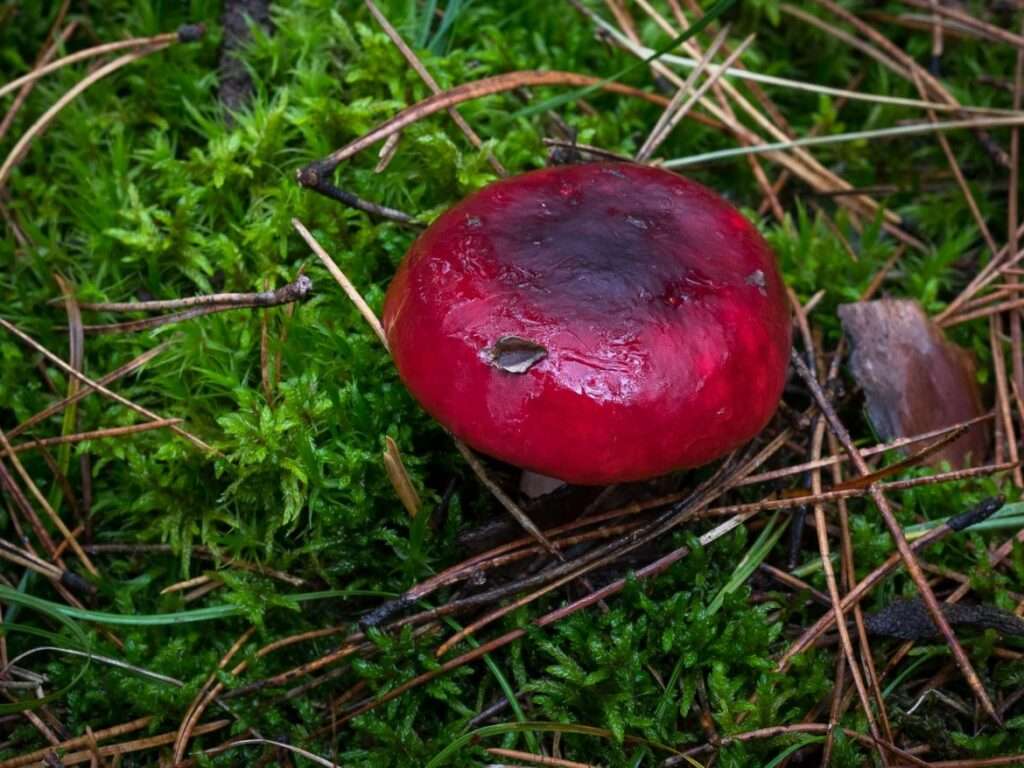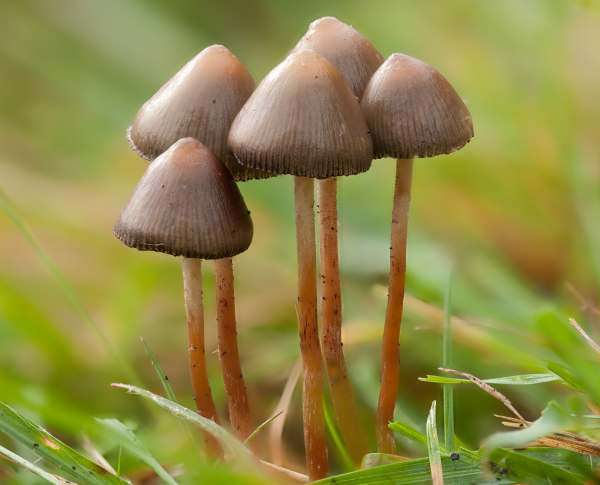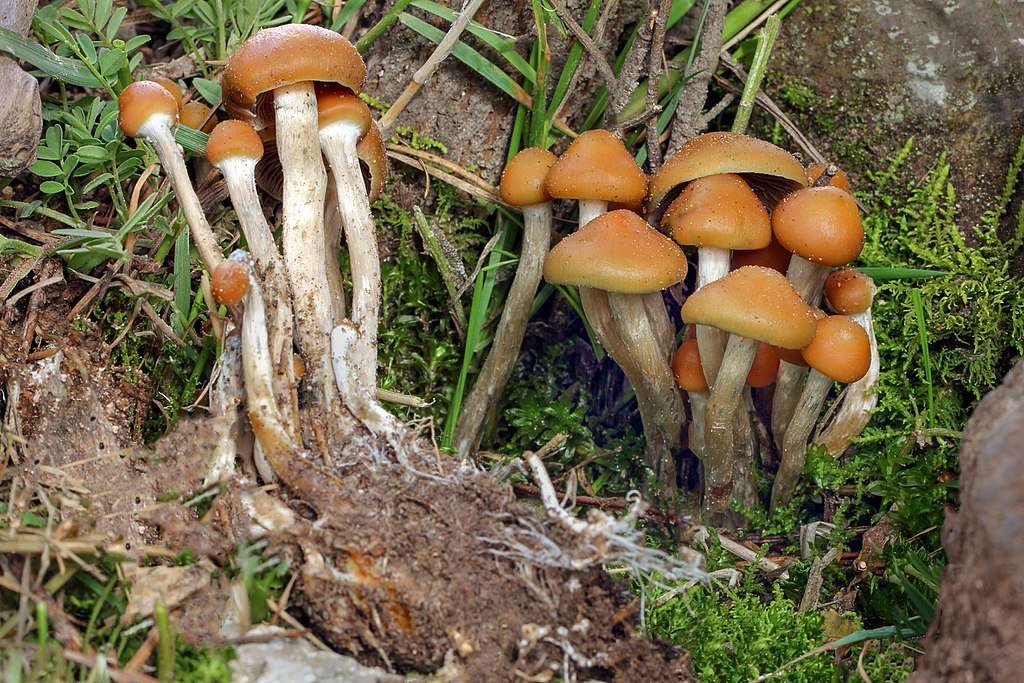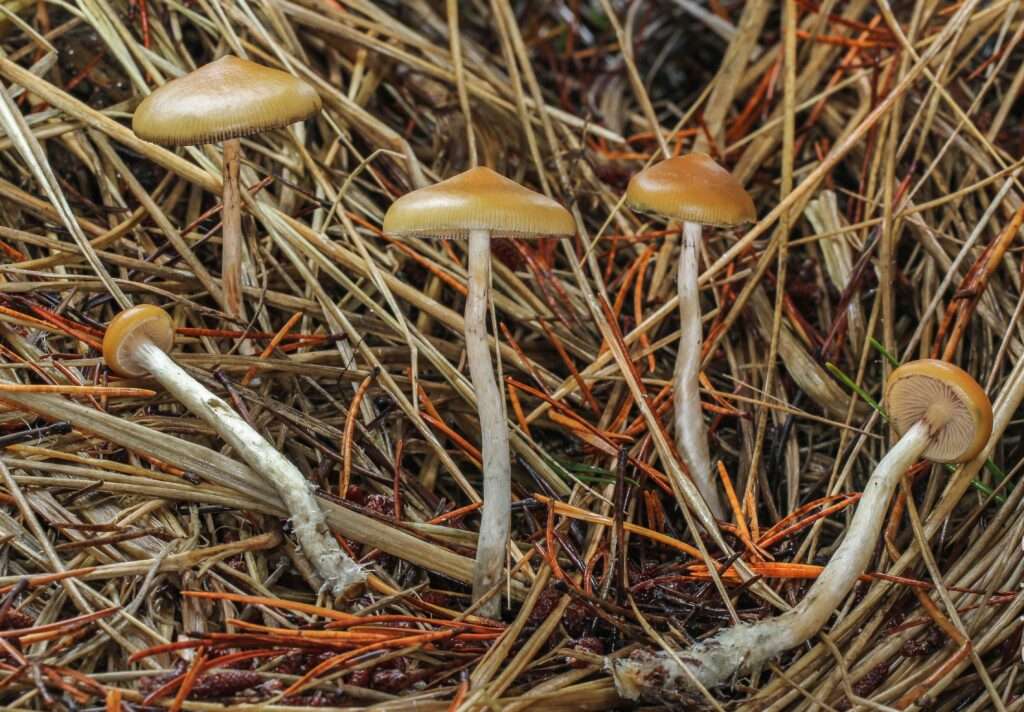
Scientific name
Russula xerampelina
Description
Russula xerampelina smells like boiling crustaceans. The cap is sticky, hemispheric, flattened, or has a slightly depressed middle and is 6-20 cm in width. The color varies, most frequently ranging from light purple -wine red, or green, and getting deeper toward the middle of the cap. The gills are well-spaced, mild to moderately bitter tasting, and become creamy-yellow on mature specimens. The stipe is 4-12 cm in length, 1.5- 4 cm thick, white and cylindrical occasionally with a dark crimson flush, and bruises brown.

Habitat
Russula xerampelina is widespread, occurring in temperate zones and frequently extending into the Arctic region and Costa Rica. It blooms in the fall and grows alone or in clusters with conifers. It can occasionally be found in deciduous forests, including oak and beech.
Uses/Importance
Russula xerampelina has a mild flavor. This Russula is regarded among the finest edible species in its genus, though the crab or shrimp flavor and scent will linger long after cooking. In older specimens, this is more apparent and less pleasant. Researchers determined the biological value (BV) of R. xerampelina’s protein to be 83%, which is closer to beef’s (BV of 85%), after examining the makeup of key amino acids to assess the protein quality. When mice were administered R. xerampelina polysaccharides at a dose of 300 mg/kg, the development of Ehrlich solid tumors and Sarcoma 180 was inhibited by 70-80%. The pyrimethamine-resistant Plasmodium falciparum malarial parasite was also shown to be inhibited in its proliferation by the R. xerampelina extract.
Table





